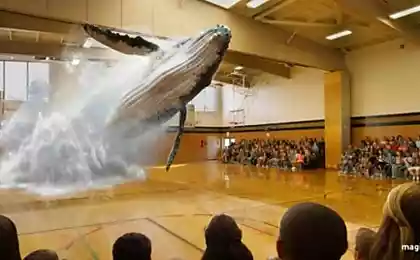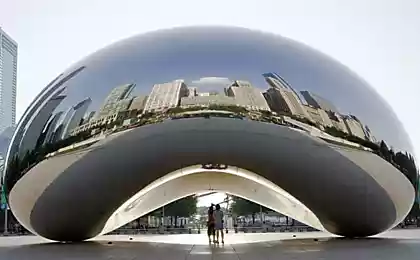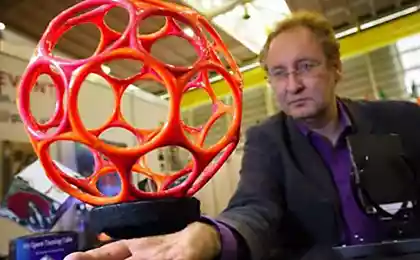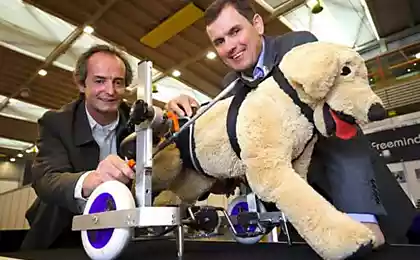670
10 inventions that humanity peeped from nature

Great inventions, great discoveries and breakthroughs in science were made only through the observation of nature. Her creations offer maximum efficiency, excellent accuracy and saving resources. And many things that we use every day were invented before us.
The site has compiled 10 of the most interesting inventions that we have peeped in nature.
There is nothing cleaner shark skin


Shark — one of the cleanest creatures on the planet. Their skin is covered with lots of teeth. Coating teeth repel dangerous microbes and fungal infections. Scientists have copied the structure of shark skin on the tape, which is applied in hospitals, schools and places inhabited by dangerous germs.
Geckos control gravity


The feet of geckos are covered with tiny hairs that allow them to literally move on any surface.
When people found out the "secret" of the animals, was created a glue that can withstand the weight of 315 kg And gloves-Velcro on the Windows, which are used by engineers and astronauts work on the same principle as the foot of geckos.
Cats can see in the dark


Remember how the eyes of cats glow in the dark? The truth is, they reflect light, allowing them to see better at night. After people drew attention to it, was invented by the reflective coating which was applied to road signs around the world.
The humpback whale is very clever
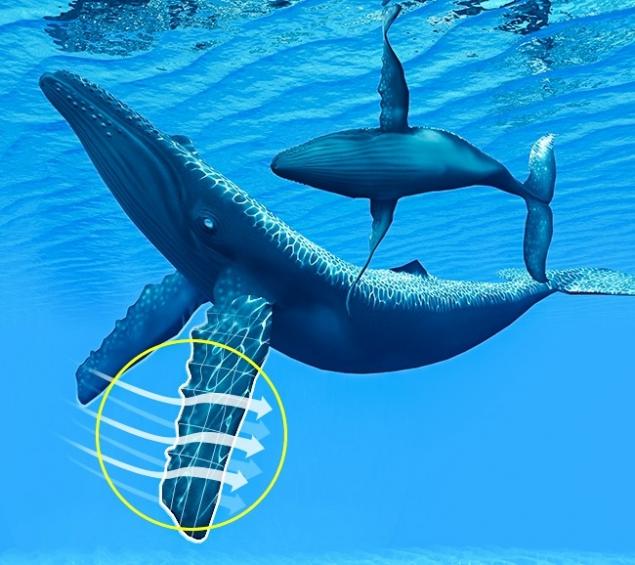

Despite its weight and size, whales are very agile creatures. Studying whales, the scientists noticed a hill in front of their fins that allow you to cut through the water like a hot knife through butter.
Based on this discovery, the engineers changed the blades of wind generators and were able to get 20% more energy. Later the same technology was used in structure of airplanes and helicopters, increasing the speed of flight.
Lotus self-cleaning


If you dip a Lotus in dirty water, then it will remain dirt. Its petals are covered with nanovolokna which roll drops, washing away all the dirt.
Scientists have developed self-cleaning paint with the Lotus effect. Now the paint-covered buildings and premises in hospitals, that they are not settled dust, bacteria and mold.
Desert beetles are able to extract water

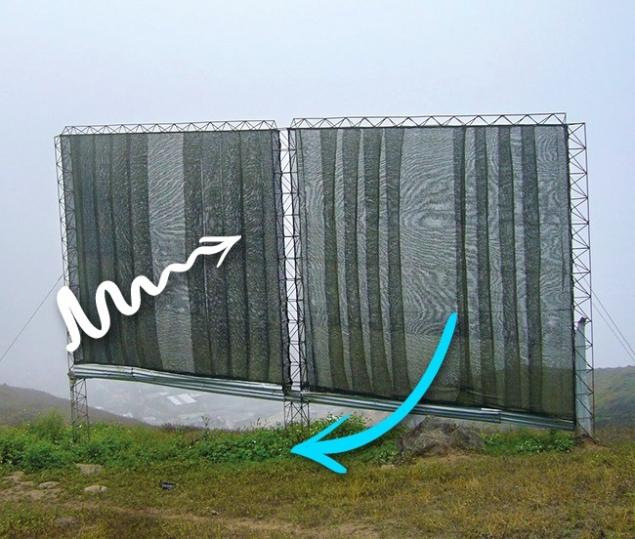
Beetles of the desert We are able to extract water, even if it is at all. Their carapace has an ingenious system for collecting water directly from the air. This ability has inspired engineers to create material that extracts moisture from the air and delivers the most arid regions with drinking water. The technology is very cheap.
Birds silent


In 1964, the Japanese have created a "train shot" which went with a speed of 190 km/h, but had a very unpleasant effect. When leaving the tunnel, the train pushed a wall of air and heard a deafening cotton, which frightened the passengers.
Then the engineers changed the shape of the front part of the train, borrowing it from the birds that catch fish by diving into the water quietly and without splash. This decision eliminated the sound, increased the speed by 10% and reduced energy consumption by 15 %.
Termites are brilliant architects


The first air conditioners created by the termites. These insects build nests up to 3 meters in height and work in conditions of unbearable heat.
Analyzing the structure of the mound, in 1996, the architects built the Eastgate center in Zimbabwe. The temperature here reaches 40 °C, but inside it's cool. In addition, the building uses only 10% of energy in comparison with the neighboring buildings.
The butterflies absorb light


The eyes of moths are arranged in such a way that it completely absorbs visible light. Their body consists of several layers of microspheres, penetrating through them, the light is not reflected.
On the same principle, scientists have developed a film, which is used in solar cells, and achieved the absorption of up to 99% of light energy. So now this battery can work at night, even indoors.
Corals purify the air


Corals are able to absorb from the environment carbon dioxide. Studying the corals, scientists from Stanford have developed a "green" cement.
In normal production for each ton of finished cement is emitted ton of carbon dioxide. Production of the new cement was not only environmentally friendly, but also retains particles of dust and dirt without lifting them into the air.
Photos on the preview geograph
via www.geograph.org.uk/photo/1879784
18 movie stars, behind the make-up which hide our favorite actors
High quality services and best prices of gravity in Rostov-on-don











